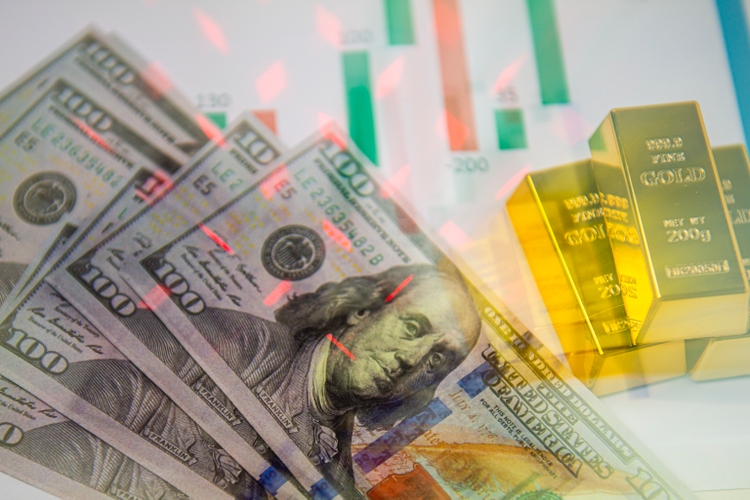Dogan Kutukcu
By Fiona Boal
U.S. dollar strength caught up with commodities in September, with the benchmark S&P GSCI falling 7.8%. Almost all physical commodities are priced in USD, and a stronger USD has historically correlated to weaker commodity demand and lower commodity prices. But the S&P GSCI is holding onto a 21.8% YTD gain despite the USD strength, energy prices cooling off substantially and slowing economic growth proving a headwind for industrial metals.
The S&P GSCI Natural Gas fell 26.1% over the month, the worst loss in September for an S&P GSCI constituent. In the European power market, there was also a correction in performance, with the S&P GSCI German Power (Yearly) ending the month 21.2% lower. The challenge in Europe to decouple the price of electricity from the price of natural gas is ongoing, and the impact of imported supply-driven inflation is being felt in every corner of the economy.
News late in the month that the OPEC+ group of oil producers was considering output cuts of more than 1 million barrels per day was not enough to support petroleum prices over the month, with the S&P GSCI Petroleum continuing its decline, ending the month 9.4% lower. Inventories of both crude oil and refined fuels remain at multi-decade lows in the major consumption centers, but a cyclical downturn is forecast to stabilize and rebuild them.
Many of the supply chain issues that plagued the global economy during the COVID-19 pandemic have started to abate; freight costs have cooled, important shipping routes have been detangled and, with the exception of certain regions in China, major industrial hubs have fully reopened. At the same time, market sentiment has wavered and the risk of a coordinated global economic downturn has risen. Within this environment, it is understandable that industrial metals have struggled. The S&P GSCI Industrial Metals is down 18.7% YTD and nickel is the only individual metal hanging onto positive performance over the first nine months of the year.
With the U.S. Fed continuing to hike rates aggressively to combat high inflation, the S&P GSCI Gold continued to suffer in September, dropping another 2.9% after falling the same amount in August. Gold typically has the most negative correlation to the U.S. Dollar and the third quarter was no exception. The S&P GSCI Silver was a bright spot within the precious metals, rising 6.7% for the month, but it is still trading near the lows for the year.
The S&P GSCI Agriculture was flat for the month due to highly divergent moves among the constituents. Wheat prices rose 11% despite the largest Russian crop ever, as a global drought and supply chain issues hit grain production and transportation. Global stocks for wheat are the lowest since the 2017/2018 season. Softs fell 9%, with the S&P GSCI Cotton dropping by 24.4% and completely reversing the move from August, with prices now trading near the year’s lows.
|
The posts on this blog are opinions, not advice. Please read our Disclaimers. Disclosure: Copyright © 2022 S&P Dow Jones Indices LLC, a division of S&P Global. All rights reserved. This material is reproduced with the prior written consent of S&P DJI. For more information on S&P DJI please visitwww.spdji.com. For full terms of use and disclosures please visit www.spdji.com/terms-of-use. |
Editor’s Note: The summary bullets for this article were chosen by Seeking Alpha editors.


Be the first to comment